The Darkest Historical Secret of Every State
Every U.S. state carries a piece of history marked by injustice or abuse of power. It shows the harsh truth from each state’s past. Driven by greed, racism, control, or fear, these events shaped laws, scarred communities, and left lasting damage that continues to affect people and places today.
Alabama – Bloody Selma
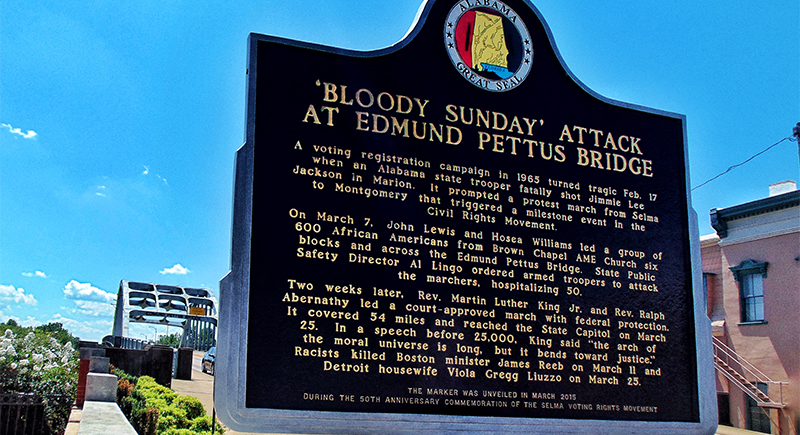
Credit: Wikimedia Commons
Selma’s 1965 marchers faced brutal beatings from state troopers on the Edmund Pettus Bridge while peacefully demanding voting rights. Governor George Wallace’s segregationist stance fueled the violence, which was televised across the country and shocked a nation into confronting Alabama’s deep-rooted racism. Selma now draws civil rights tourists every year.
Colorado – Ludlow Massacre
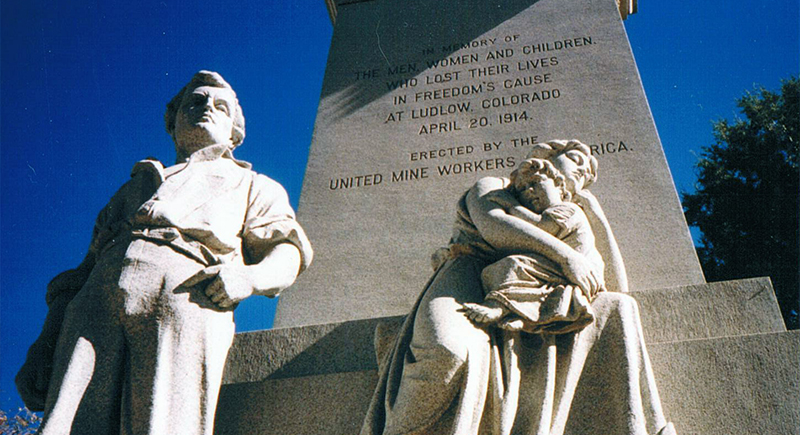
Credit: Wikimedia Commons
Striking coal miners and their families were gunned down by the Colorado National Guard and company guards during a deadly attack in 1914. The violence erupted in Ludlow as workers demanded better conditions from Rockefeller-owned mines. Fires engulfed tents and killed women and children inside. A memorial stands in southern Colorado today.
Connecticut – Witch Trials Before Salem
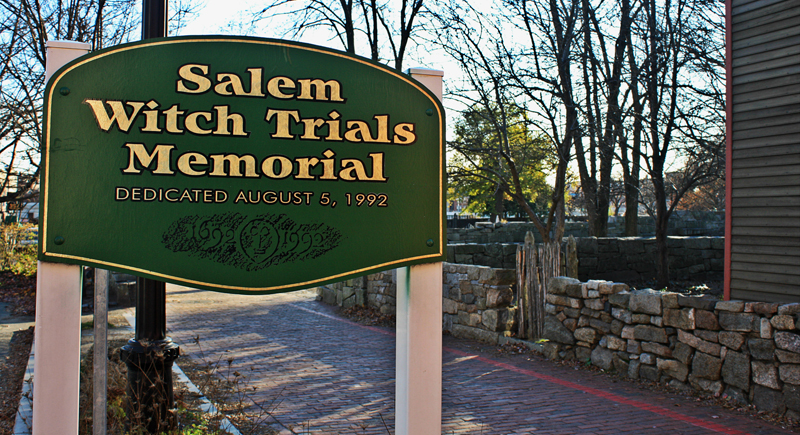
Credit: Wikimedia Commons
Connecticut executed at least 11 people accused of witchcraft between 1647 and 1697, decades before the more famous trials in Salem. These early trials relied heavily on superstition and paranoia, with accusations often sparked by illness, failed crops, or neighborhood feuds. The towns of Windsor and Hartford led the prosecutions.
Delaware – Slave State That Stayed Quiet
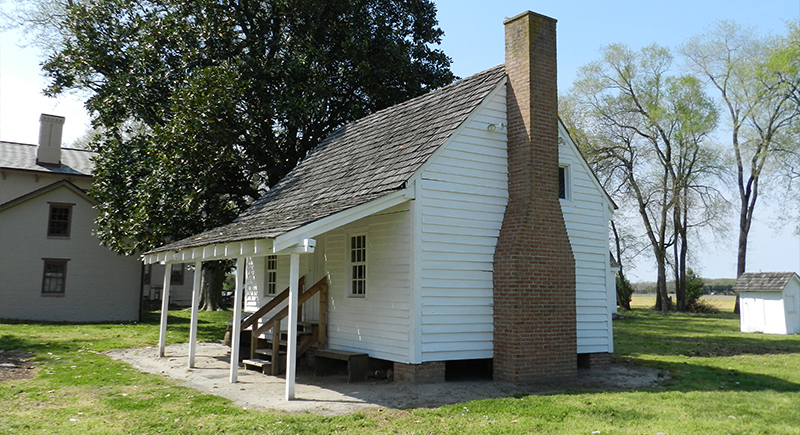
Credit: Wikimedia Commons
Even after joining the Union, Delaware refused to outlaw slavery. It waited for the 13th Amendment to make abolition national law and went on to resist Reconstruction policies while enforcing segregation across public services and education systems well into the 20th century. Wilmington also remained divided over racial equality.
Florida – Rosewood Massacre
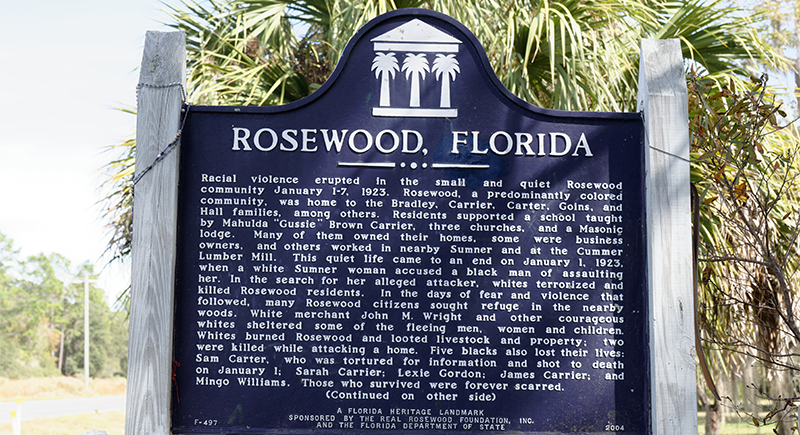
Credit: Wikipedia
A false accusation triggered the total destruction of Rosewood, a Black town in Florida. White mobs burned homes, murdered residents, and erased the community. Officials stayed silent about the 1923 massacre until a state-funded investigation in the 1990s finally acknowledged the violence. Rosewood’s remains are near present-day Cedar Key.
Georgia – Trail of Tears
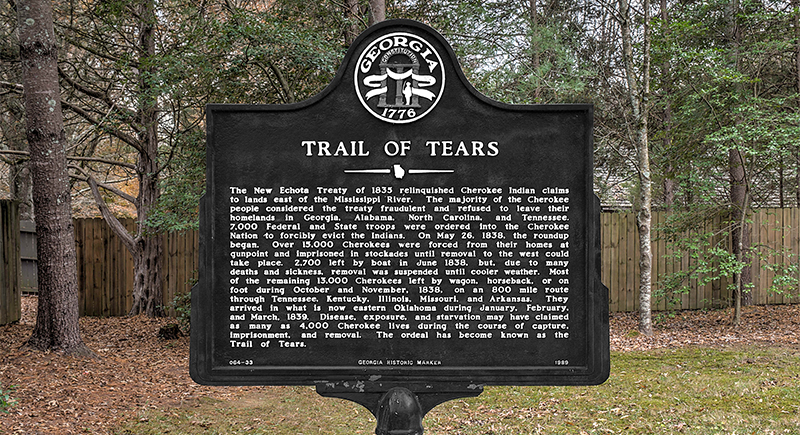
Credit: Wikimedia Commons
Cherokee people were forced out of Georgia after the state ignored a Supreme Court ruling protecting their land. Under federal orders, thousands marched westward in harsh conditions, and many died of disease, hunger, or exposure. The forced journey became known as the Trail of Tears and began in northern Georgia.
Hawaii – Overthrow of a Queen

Credit: Youtube
Queen Liliʻuokalani was removed from power by U.S. businessmen and Marines eager to control Hawaii’s sugar industry. The coup in 1893 ended the monarchy and led to Hawaii’s annexation without public consent from Native Hawaiians, who lost their sovereignty and governing rights. Honolulu was the center of these events.
Idaho – Aryan Nations Stronghold
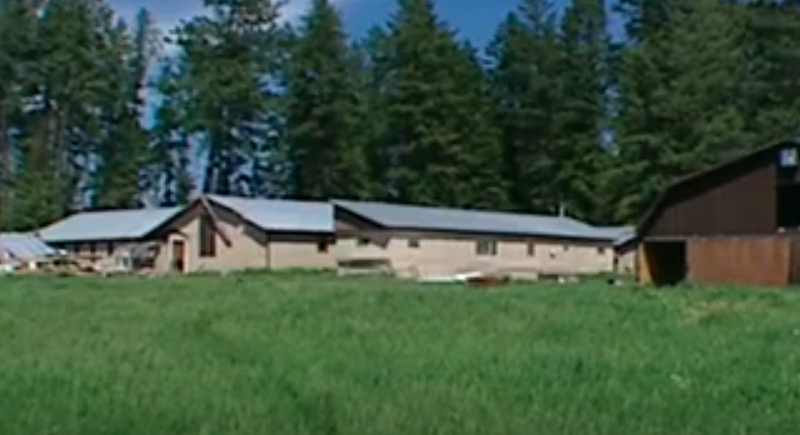
Credit: Youtube
Hayden Lake became infamous as the headquarters of the Aryan Nations in the 1980s and 90s. The white supremacist group drew national attention and contributed to Idaho’s ongoing struggle to distance itself from that legacy, despite legal action that bankrupted the organization. Their compound once covered 20 wooded acres.
Illinois – The Haymarket Affair
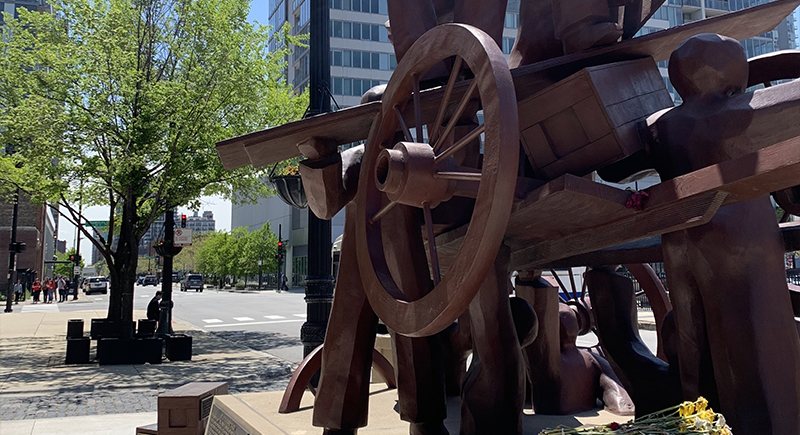
Credit: Wikimedia Commons
Chicago’s Haymarket labor rally turned violent after someone threw a bomb at police. The 1886 incident led to the execution of four anarchists under controversial circumstances. The labor movement suffered, as did free speech, when authorities cracked down on activists and unions.
Indiana – Klan Headquarters

Credit: Wikimedia Commons
By the 1920s, Indiana had become the epicenter of Ku Klux Klan membership. With political control and mass influence, Klan leaders shaped local law enforcement and state legislation. Later, a massive corruption scandal exposed the group’s criminal inner workings and weakened its grip.
Iowa – Forced Sterilizations
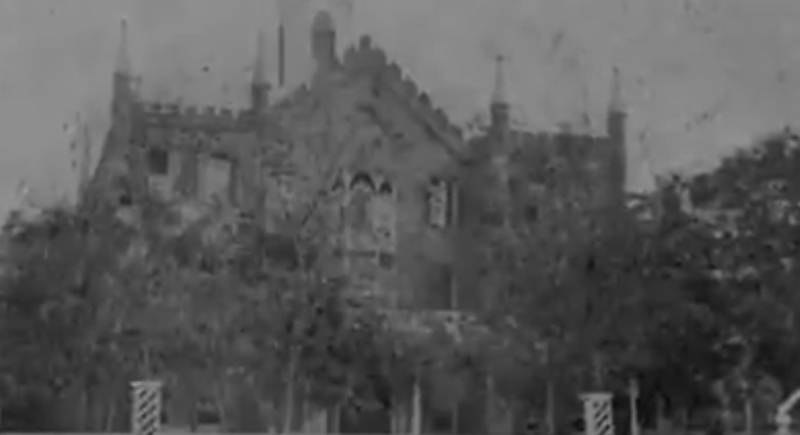
Credit: Youtube
Public health officials in Iowa embraced eugenics for decades and sterilized people labeled mentally unfit. Though not as widely publicized as in other states, these forced procedures targeted poor individuals and those in institutions well into the 1960s, often without informed consent. State hospitals in Cherokee and Glenwood were involved.
Kansas – Bleeding Kansas
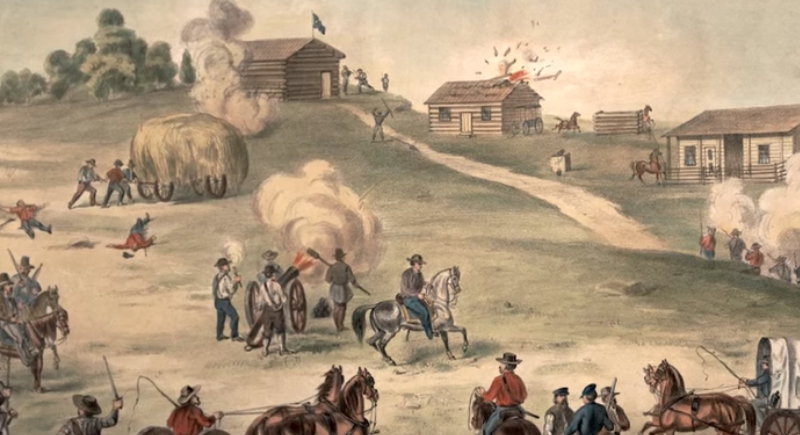
Credit: Youtube
Violent skirmishes between pro- and anti-slavery settlers made Kansas a dangerous place in the mid-1800s. The territory became symbolic of the national divide, as guerrilla attacks, retaliatory killings, and political chaos plagued communities in the lead-up to the Civil War. Towns like Lawrence saw destruction and bloodshed.
Kentucky – Harlan County Wars
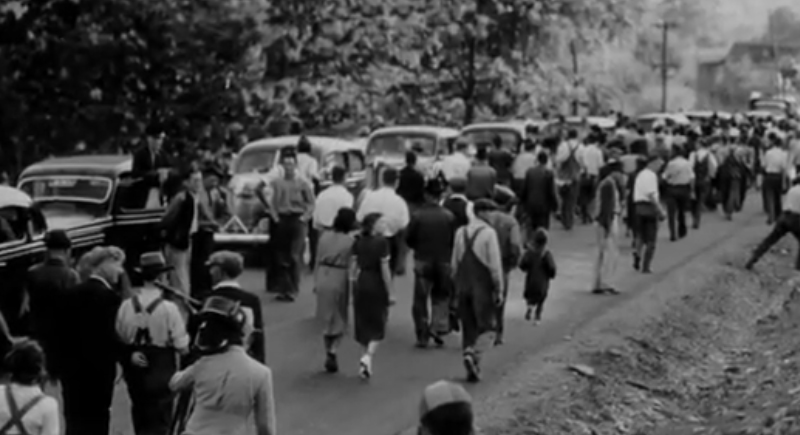
Credit: Youtube
Coal miners in Harlan County clashed with company guards and deputies during intense labor disputes. In the 1930s, armed resistance erupted as miners fought for fair wages and safer conditions. The violence earned the region its nickname, “Bloody Harlan.” National Guard troops were later sent to restore order.
Louisiana – Angola Prison’s Violent History
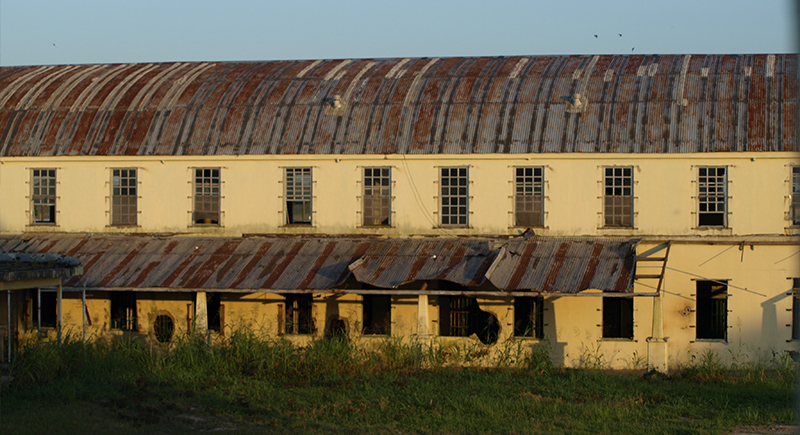
Credit: Wikimedia Commons
Angola Prison operates on a former slave plantation, where incarcerated men—mostly Black—still labor in fields under watch from armed guards. For decades, it’s been criticized for abuse, corruption, and conditions that resemble the slavery it was built on. The facility spans 18,000 acres in West Feliciana Parish.
Maine – Eugenics Targeting the Poor

Credit: Youtube
Policies rooted in eugenics theory led Maine to sterilize residents of institutions without proper consent. Most victims were poor, disabled, or mentally ill, and many were pressured into procedures under the guise of medical treatment or state care. The practice was supported by leading officials and continued for decades.
Maryland – Segregated Universities
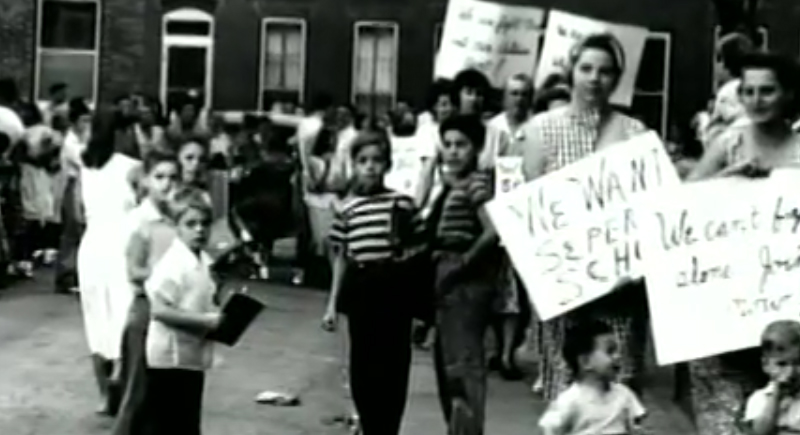
Credit: Youtube
Maryland denied Black students access to major public universities for decades. Lawsuits in the mid-20th century finally opened doors, but the state’s unequal funding of historically Black colleges and universities has remained a hot-button issue well into the 21st century, especially for schools like Morgan State and Bowie State.
Massachusetts – Sacco and Vanzetti Trial
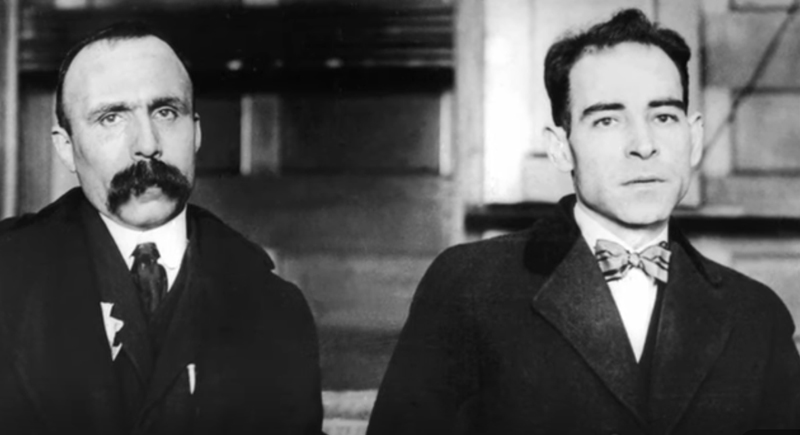
Credit: Youtube
The execution of Italian immigrants Nicola Sacco and Bartolomeo Vanzetti stirred international outrage. After being tried for robbery and murder, the pair were convicted under a cloud of anti-immigrant bias and flimsy evidence. Protests erupted across Boston and spread around the globe.
Michigan – Flint Water Crisis
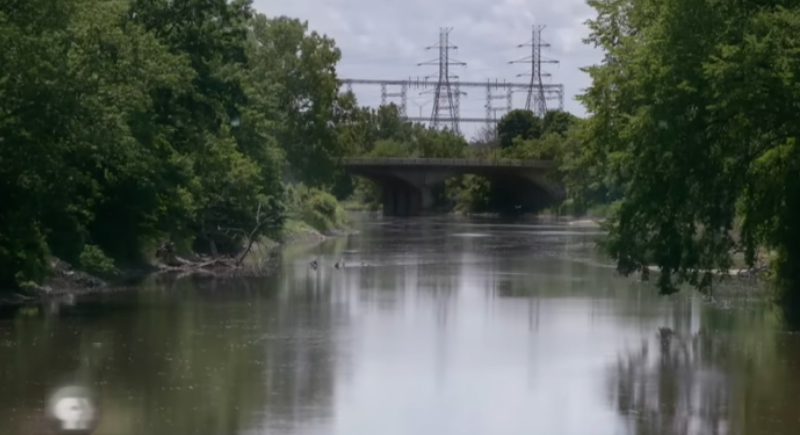
Credit: Youtube
City officials in Flint chose to switch water sources in 2014 by unleashing lead-contaminated water into homes. Despite complaints, it took over a year for serious action. Thousands of residents were poisoned, and the response revealed serious flaws in oversight and environmental justice. Even today, Flint remains under long-term recovery efforts.
Minnesota – Execution of 38 Dakota Men
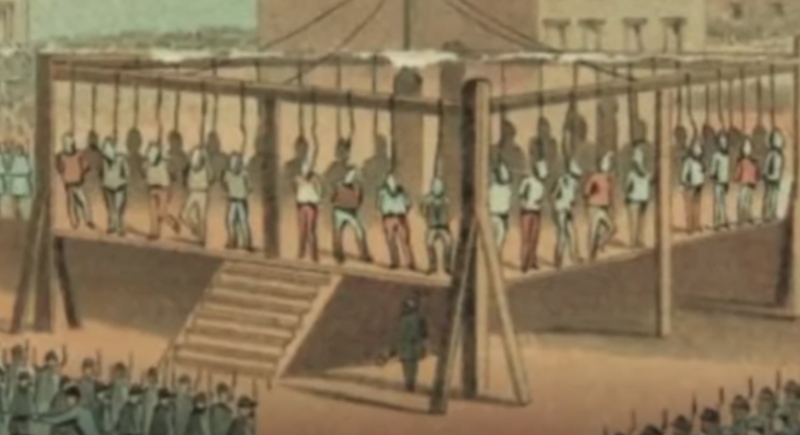
Credit: Youtube
A mass hanging of Dakota men in Mankato remains the largest state-sanctioned execution in U.S. history. The killings followed a brief, chaotic trial after an Indigenous uprising, caused by treaty violations, withheld food supplies, and systemic starvation on reservations. The event occurred the day after Christmas in 1862.
Mississippi – Emmett Till’s Murder
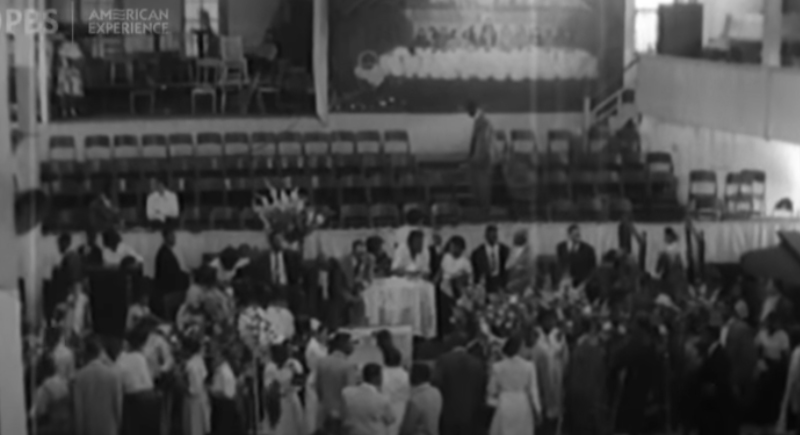
Credit: Youtube
The 1955 accusation of a white woman led to the kidnapping and lynching of 14-year-old Emmett Till. The acquittal of his killers, who later confessed in an interview, revealed Mississippi’s brutal racial injustice and helped ignite the civil rights movement nationwide. Till had traveled from Chicago to visit relatives.
Missouri – Dred Scott Decision
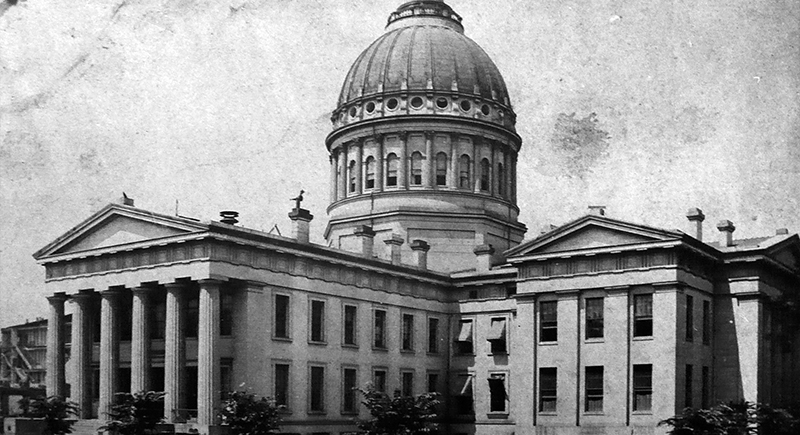
Credit: Wikimedia Commons
Missouri’s role in the 1857 Dred Scott case set back the fight for Black freedom. The Supreme Court ruled that no Black person could be a U.S. citizen, even if freed, which deepened national tensions and paved the way toward the Civil War.
Montana – Anaconda Copper’s Pollution
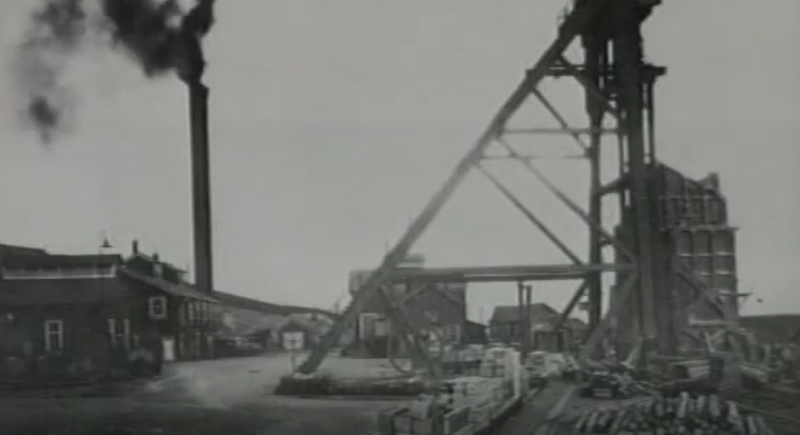
Credit: Youtube
Decades of unchecked copper mining in Montana left a legacy of environmental damage. Waste from the Anaconda Company poisoned water sources and soil, and created one of the largest toxic cleanup zones in the country and exposing communities to serious health risks. The Berkeley Pit remains dangerously contaminated today.
Nebraska – Genocide at Genoa Indian School
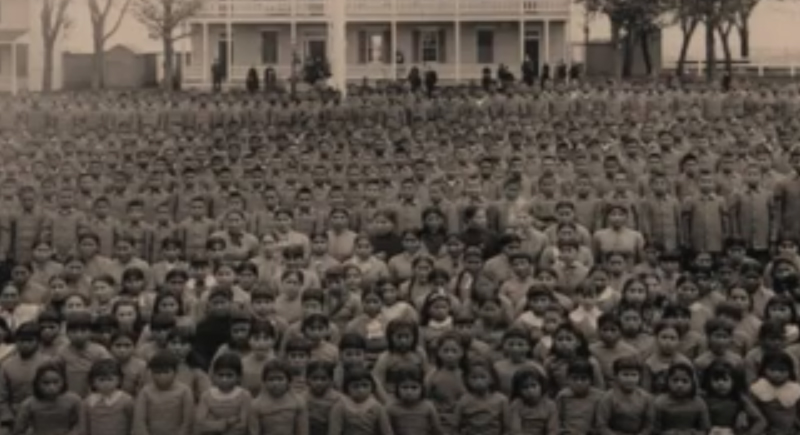
Credit: Youtube
The federal boarding school in Genoa removed Native children from their families to erase tribal languages and culture. Many died due to disease and neglect. Their graves remain unmarked, and survivors continue sharing stories of physical and emotional abuse. The site now hosts a museum and remembrance projects.
Nevada – Nuclear Testing Fallout

Credit: Wikimedia Commons
Atomic bomb tests shook the desert just outside Las Vegas during the Cold War. Residents downwind were exposed to radiation from mushroom clouds, which resulted in high cancer rates that the government denied for decades despite mounting health evidence. The site eventually became part of the Nevada National Security Site.
New Hampshire – Factory Fires and Child Labor

Credit: Youtube
Mill towns in New Hampshire thrived on child labor, with young workers enduring long hours and hazardous conditions. Safety laws were minimal, and fire hazards were constant threats in poorly ventilated, overcrowded textile factories. Cities like Manchester and Dover were major hubs of early industrial production in the region.
New Jersey – The Black Panther Raid
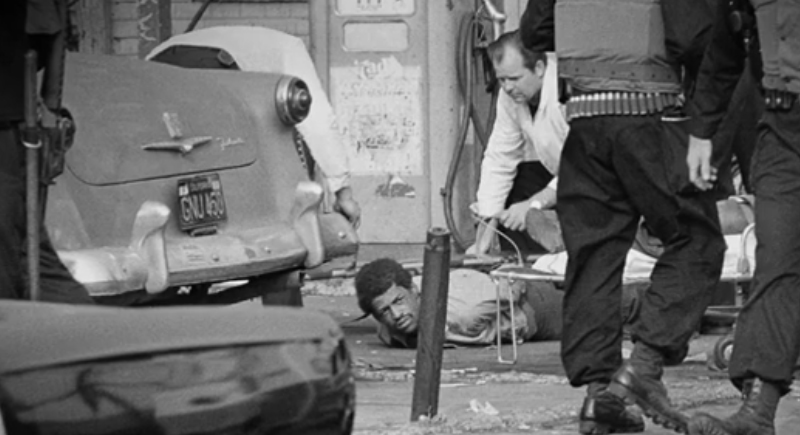
Credit: Youtube
Police and FBI agents raided Assata Shakur’s New Jersey home during a controversial crackdown on the Black Panther Party. The raid ended in gunfire and legal chaos, and many still argue the charges were more about silencing her activism than justice. The shootout occurred on the New Jersey Turnpike.
New Mexico – Trinity Test and Native Fallout
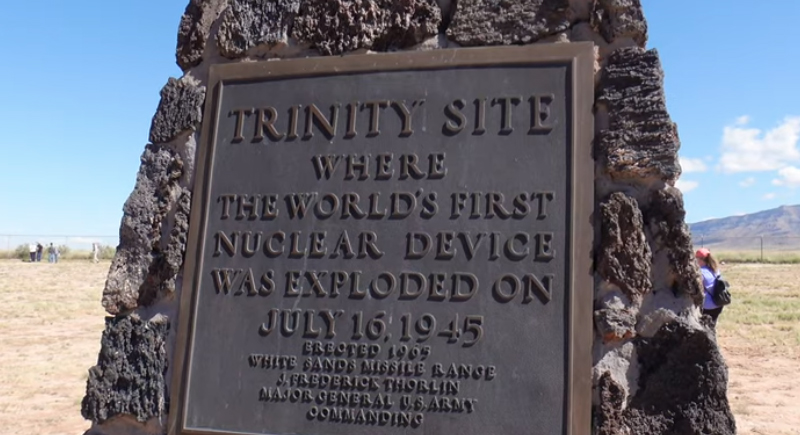
Credit: Youtube
Residents living near the site of the first atomic bomb explosion were never warned of the radiation risks. Generations of families in New Mexico—mostly Hispanic and Native—have suffered rare cancers and illnesses without meaningful government compensation. The test occurred near Alamogordo at the White Sands Proving Ground.
New York – Draft Riots of 1863
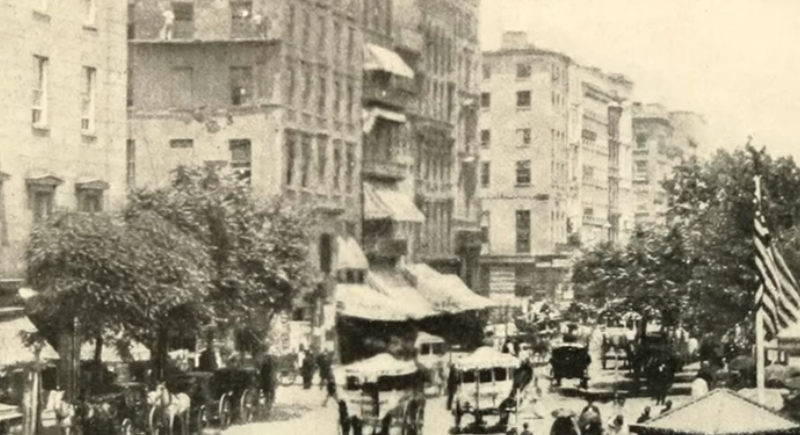
Credit: Youtube
Poor white residents of New York City erupted in deadly protests against the Civil War draft. Black residents were attacked and lynched in the streets. Wealthy citizens could buy their way out of service. Buildings were burned in Manhattan’s working-class neighborhoods.
North Carolina – Wilmington Coup
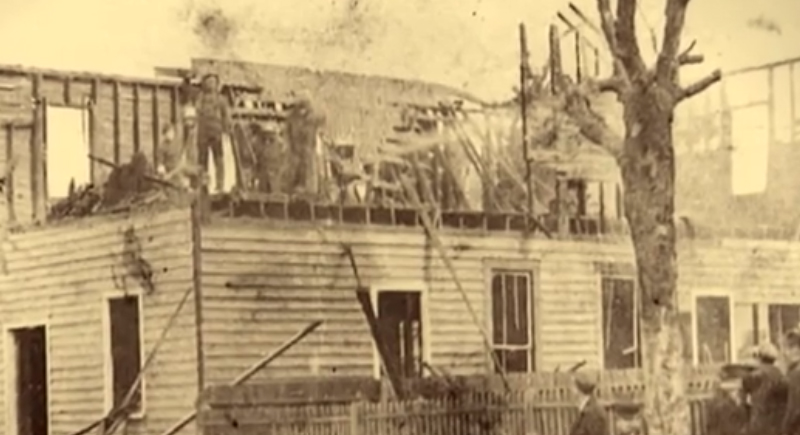
Credit: Youtube
White supremacists overthrew a legally elected, biracial government in Wilmington in 1898. Dozens of Black residents were killed, businesses burned, and city officials exiled. For over a century, textbooks falsely described the violent event as a “riot” instead of a coup. It remains the only U.S. coup on record.
North Dakota – Broken Treaties and Land Theft
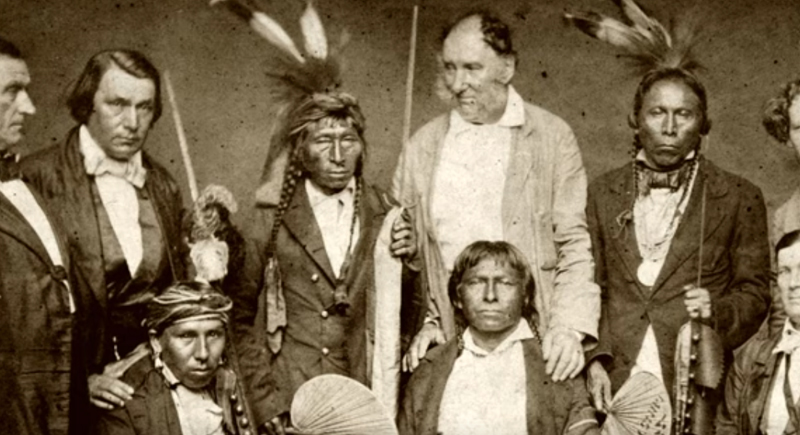
Credit: Youtube
Despite legal promises, the U.S. repeatedly seized land from Native nations in North Dakota. The sacred Black Hills were taken after gold was discovered, and court rulings offered cash settlements rather than returning the land, which tribes have refused to accept. Standing Rock continues to challenge land use today.
Ohio – Kent State Shootings
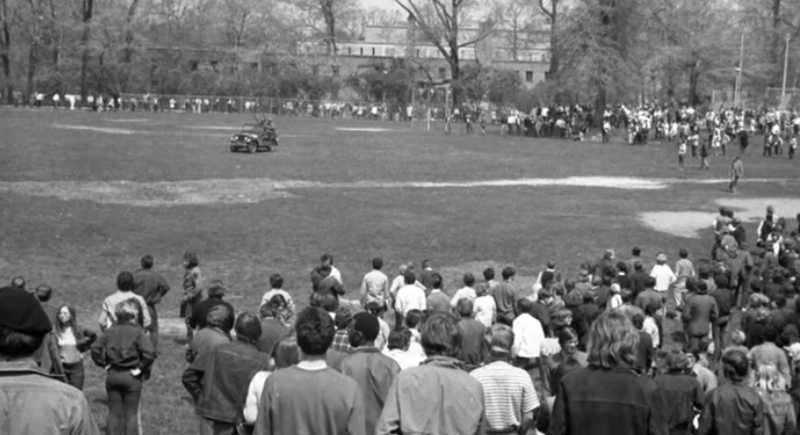
Credit: Youtube
On May 4, 1970, student protests at Kent State University turned fatal when National Guard troops opened fire on the crowd. Four students died, and nine more were wounded. The government’s violent response to peaceful anti-war demonstrations stunned the nation and fueled further unrest.
Oklahoma – Tulsa Race Massacre
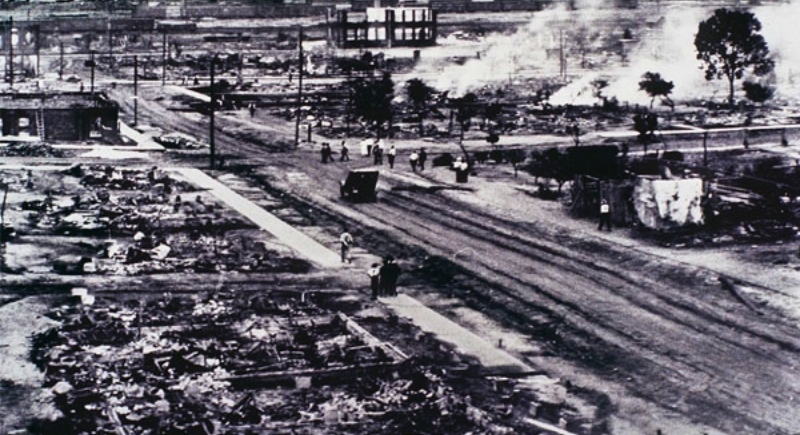
Credit: Wikimedia Commons
A prosperous Black neighborhood in Tulsa known as “Black Wall Street” was burned to the ground by white mobs. Hundreds were killed, and survivors lost homes and businesses. The state concealed the massacre’s scope for decades until recent investigations began uncovering mass graves near Greenwood Avenue and Oaklawn Cemetery.
Oregon – Racist Constitution
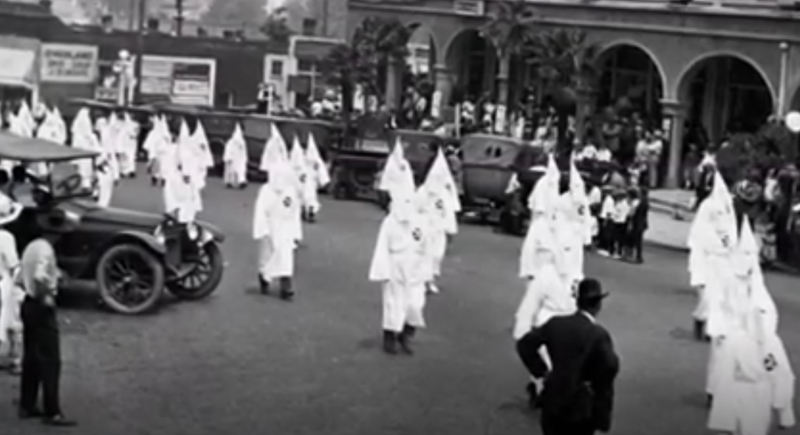
Credit: Youtube
Oregon’s original state constitution banned Black people from living within its borders. Though the law wasn’t enforced evenly, it remained on the books long after slavery ended and reflects how deeply exclusion was written into the state’s founding. Portland’s demographic history still reflects the impact of those laws.
Pennsylvania – Three Mile Island
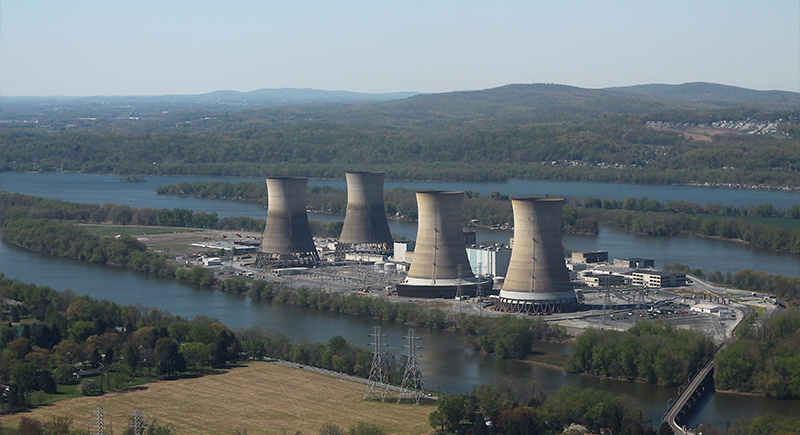
Credit: Wikimedia Commons
A nuclear reactor in Dauphin County, Pennsylvania, partially melted down in 1979 and released radioactive gas into the surrounding area. Official reports minimized the danger, but local residents reported health effects and widespread panic. The disaster changed the public’s view of nuclear power.
Rhode Island – Slave Trade Profits
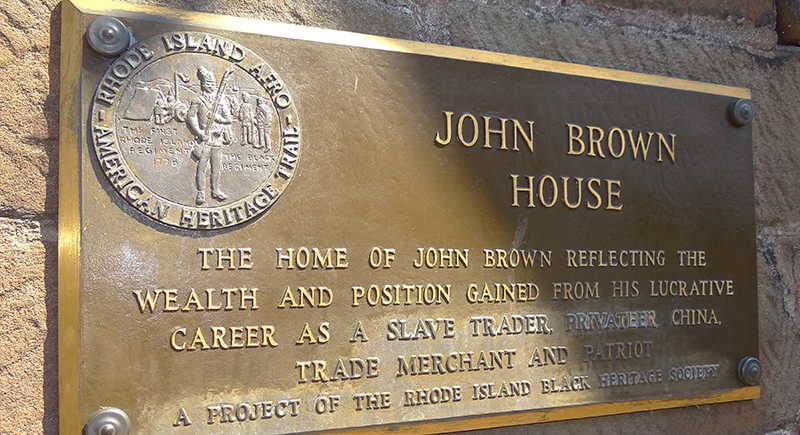
Credit: Wikimedia Commons
Merchants in Rhode Island financed a huge share of America’s transatlantic slave trade. Ships from Providence and Newport carried thousands of enslaved Africans, with the economy directly benefiting from human trafficking for more than a century. The DeWolf family was among the wealthiest and most notorious slave traders.
South Carolina – Fort Sumter’s First Shot
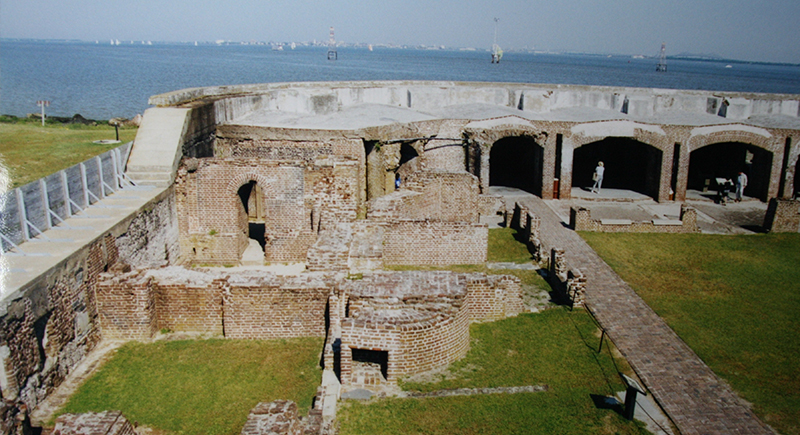
Credit: Wikimedia Commons
The Civil War officially started when Confederate troops bombarded Fort Sumter. South Carolina had already seceded and was eager to defend slavery by force. The battle turned political tension into armed conflict that would last four years. Charleston Harbor was ground zero for the nation’s deadliest war.
South Dakota – Wounded Knee Massacre
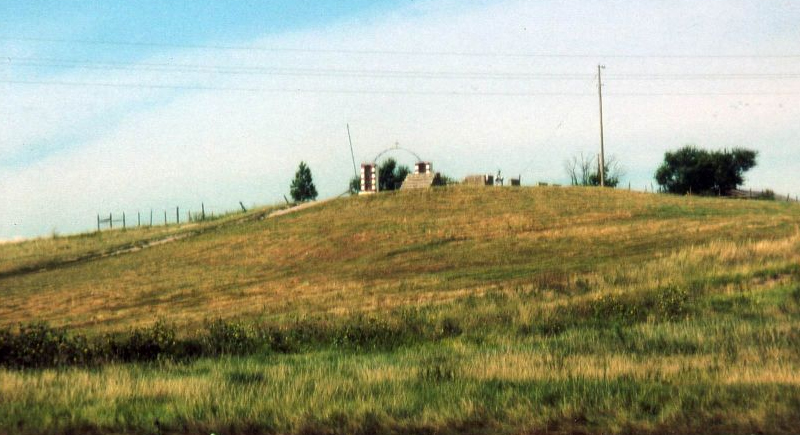
Credit: Wikimedia Commons
Lakota families were gunned down by U.S. troops at Wounded Knee Creek. Most victims were unarmed or fleeing. Though the massacre ended the Indian Wars, it was a brutal display of military power that remains a source of trauma and outrage. Over 250 people were killed on the reservation.
Tennessee – Scopes Monkey Trial
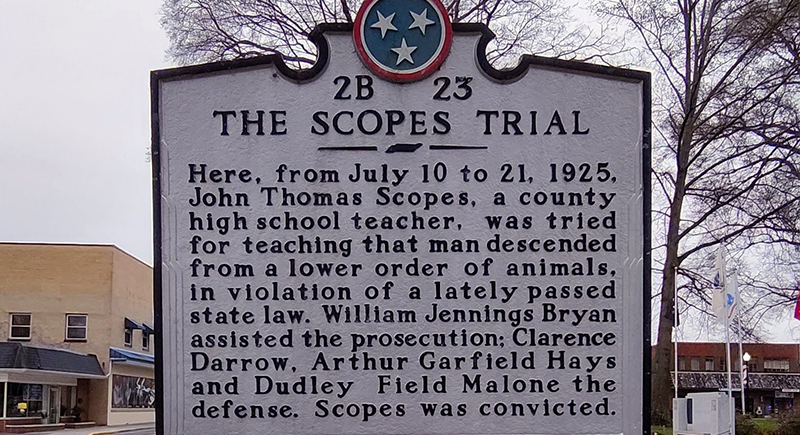
Credit: Wikimedia Commons
Teaching evolution in public schools was illegal in Tennessee when John Scopes was prosecuted in Dayton in 1925. The trial became a national spectacle and highlighted the tension between science and religious conservatism in education. Scopes was fined, but the real battle played out in public opinion.
Texas – Juneteenth Was Delayed Freedom
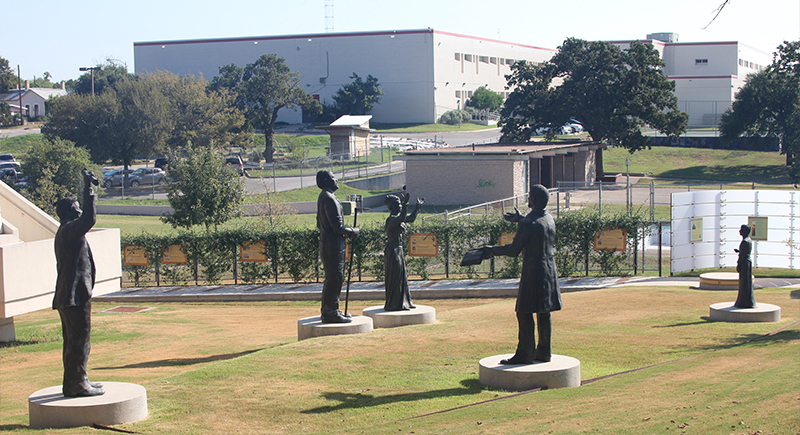
Credit: Wikimedia Commons
Two years after slavery was legally abolished, enslaved people in Texas finally learned they were free. Union troops arrived in Galveston in 1865 to enforce emancipation, and the date—June 19—became a symbol of freedom delayed by deliberate silence. The announcement was read aloud at Ashton Villa, a historic home.
Utah – Mountain Meadows Massacre
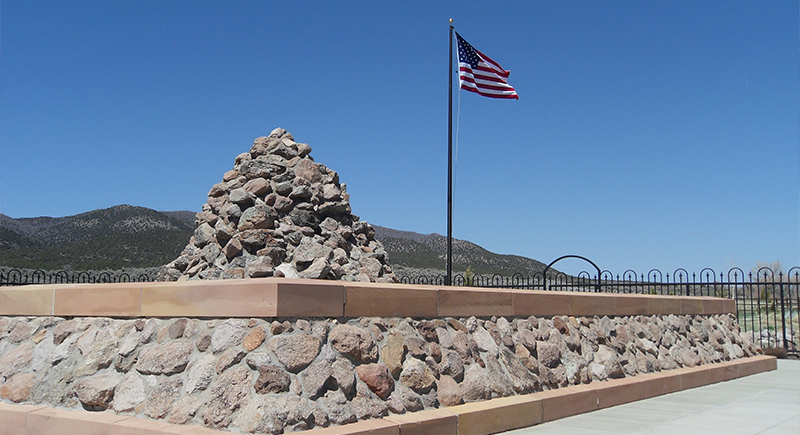
Credit: Wikimedia Commons
A wagon train of migrants traveling through Utah was slaughtered by Mormon militia posing as Native Americans. Over 100 people were killed after being promised safe passage. Only one militia leader, John D. Lee, was executed for the attack decades later.
Vermont – Eugenics Program

Credit: Youtube
State officials in Vermont used eugenics policies to target Indigenous and poor families. Many were sterilized without proper consent and labeled “degenerate” based on ethnicity or class. It wasn’t until 2021 that the state formally apologized for the program. The sterilizations occurred mainly between the 1920s and 1950s.
Virginia – Massive Resistance
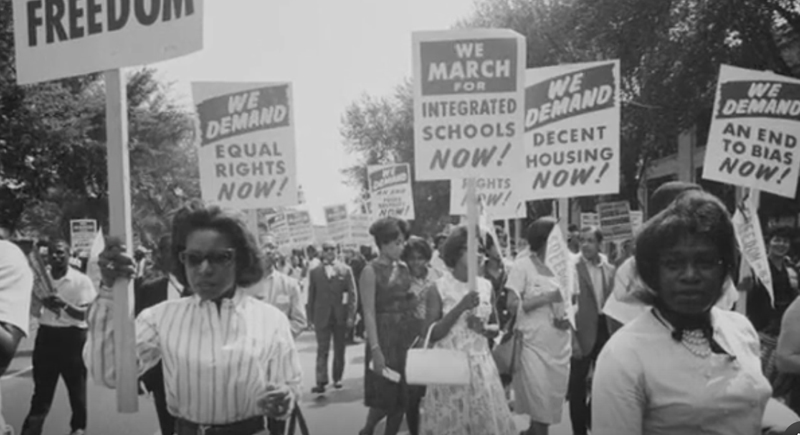
Credit: Youtube
Rather than integrate schools after Brown v. Board of Education, Virginia officials shut them down. Private academies popped up for white students, while Black children were left without education. The campaign, dubbed “Massive Resistance,” lasted for years before courts intervened. Prince Edward County, in particular, closed public schools for five years.
Washington – Chinese Expulsion
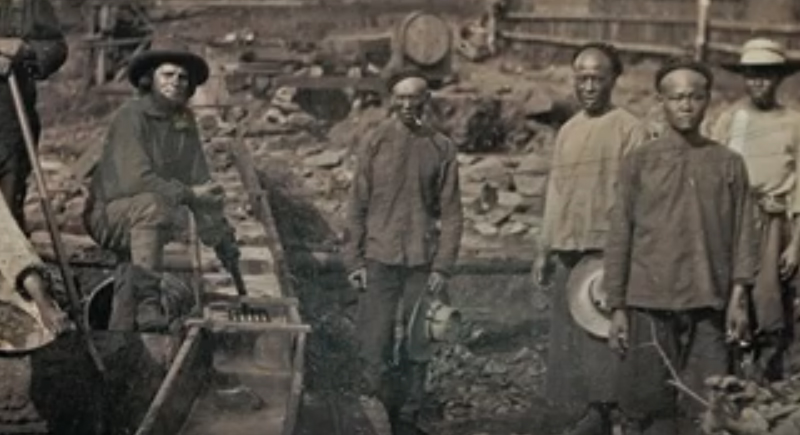
Credit: Youtube
White mobs in Washington forced Chinese immigrants out of Seattle and Tacoma during a wave of anti-Asian violence in the 1880s. Entire communities were displaced at gunpoint, and officials largely supported or ignored the attacks despite the immigrants’ legal status. Many victims fled by boat under armed threat.
West Virginia – Mine Wars
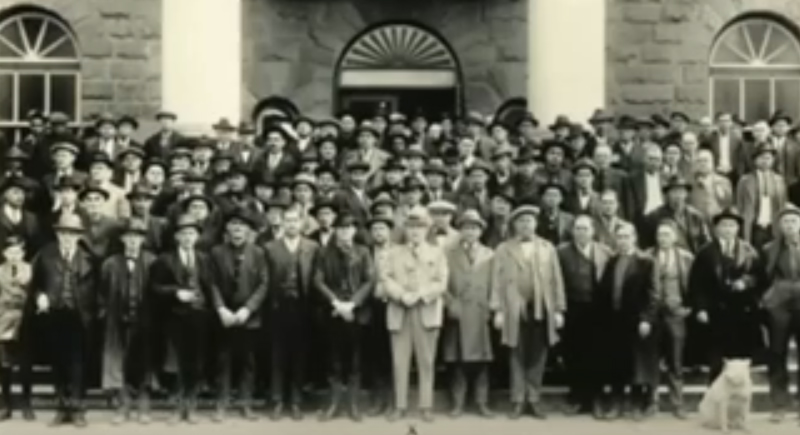
Credit: Youtube
Coal miners, fed up with low pay and deadly working conditions, took up arms during the Battle of Blair Mountain. The clash involved thousands of workers and federal troops and became the largest organized labor uprising in U.S. history.
Wisconsin – Native Burial Site Destruction
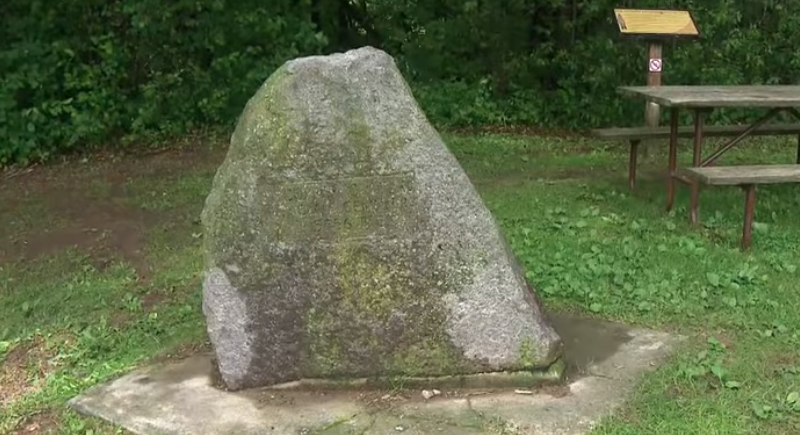
Credit: Youtube
Developers in Wisconsin bulldozed ancient Native American effigy mounds and sacred burial sites despite cultural and historical protections. Construction projects often ignored Indigenous voices and reduced thousands of years of heritage to rubble for shopping centers and roads. Madison, the capital, sits near several such disrupted mound sites.
Wyoming – Rock Springs Massacre
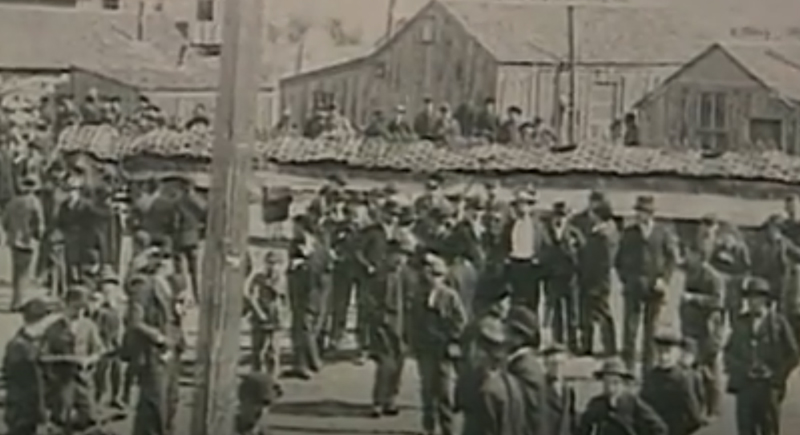
Credit: Youtube
Chinese miners in Rock Springs were attacked by white workers angry over job competition. At least 28 people were murdered, homes torched, and survivors driven out. The U.S. government paid reparations to China, but justice for the victims never came. Rock Springs became a symbol of racially motivated labor violence.